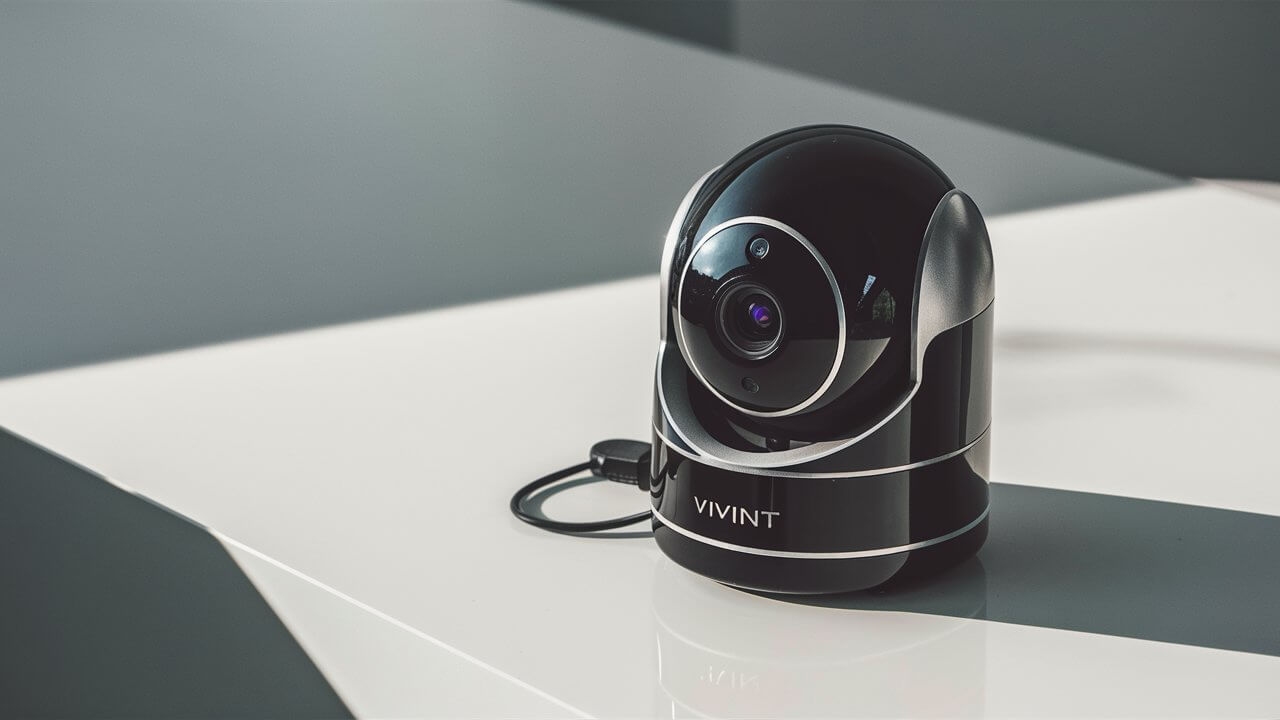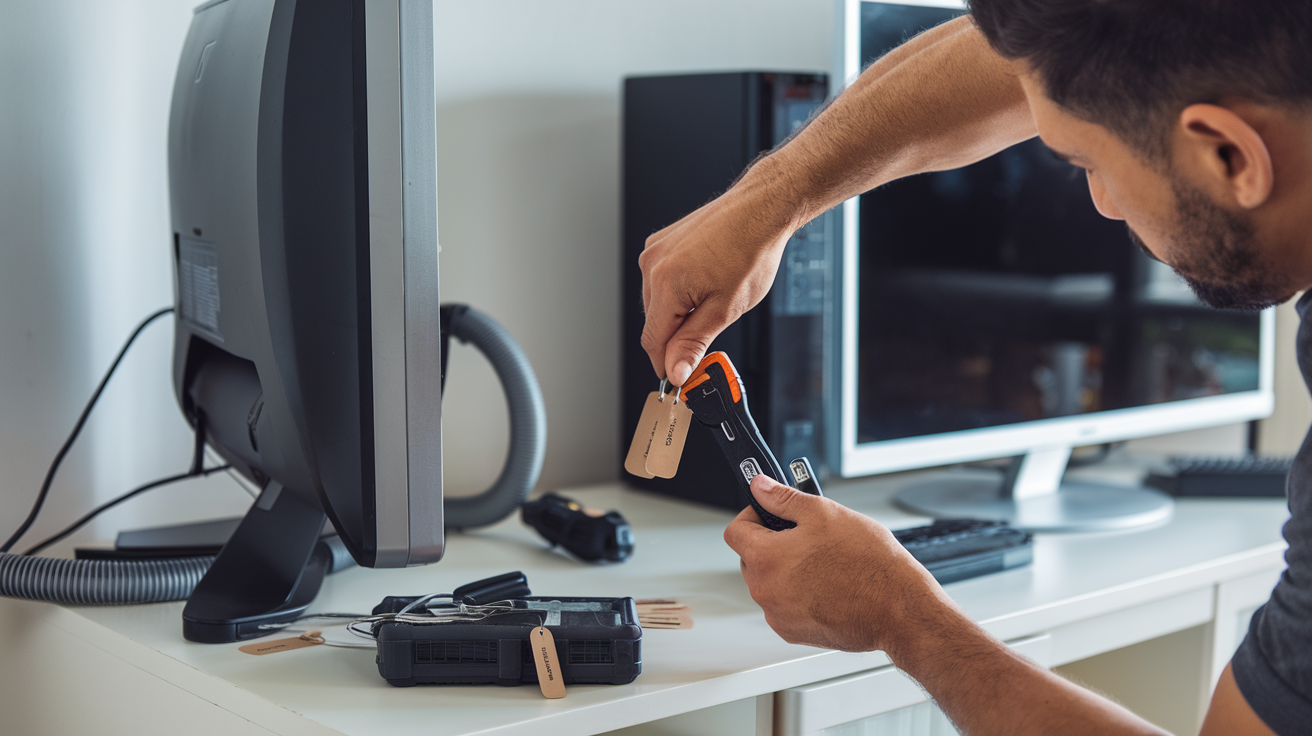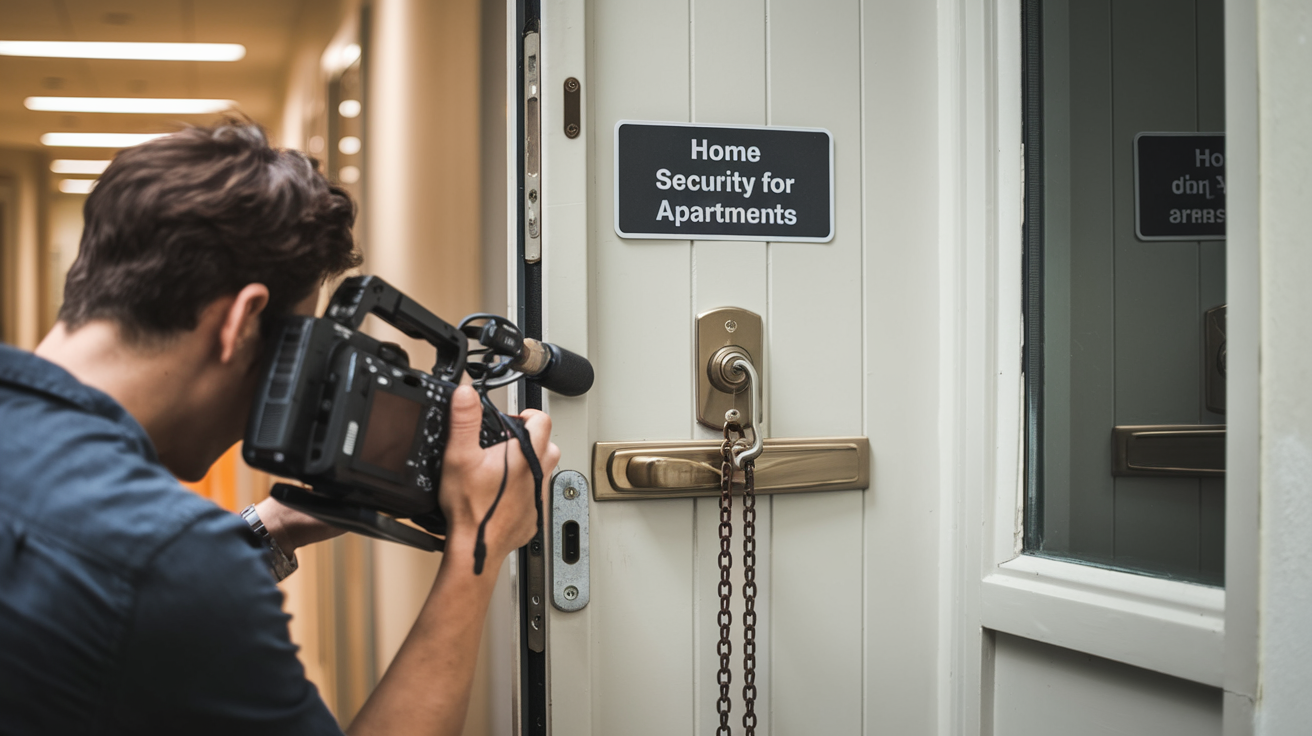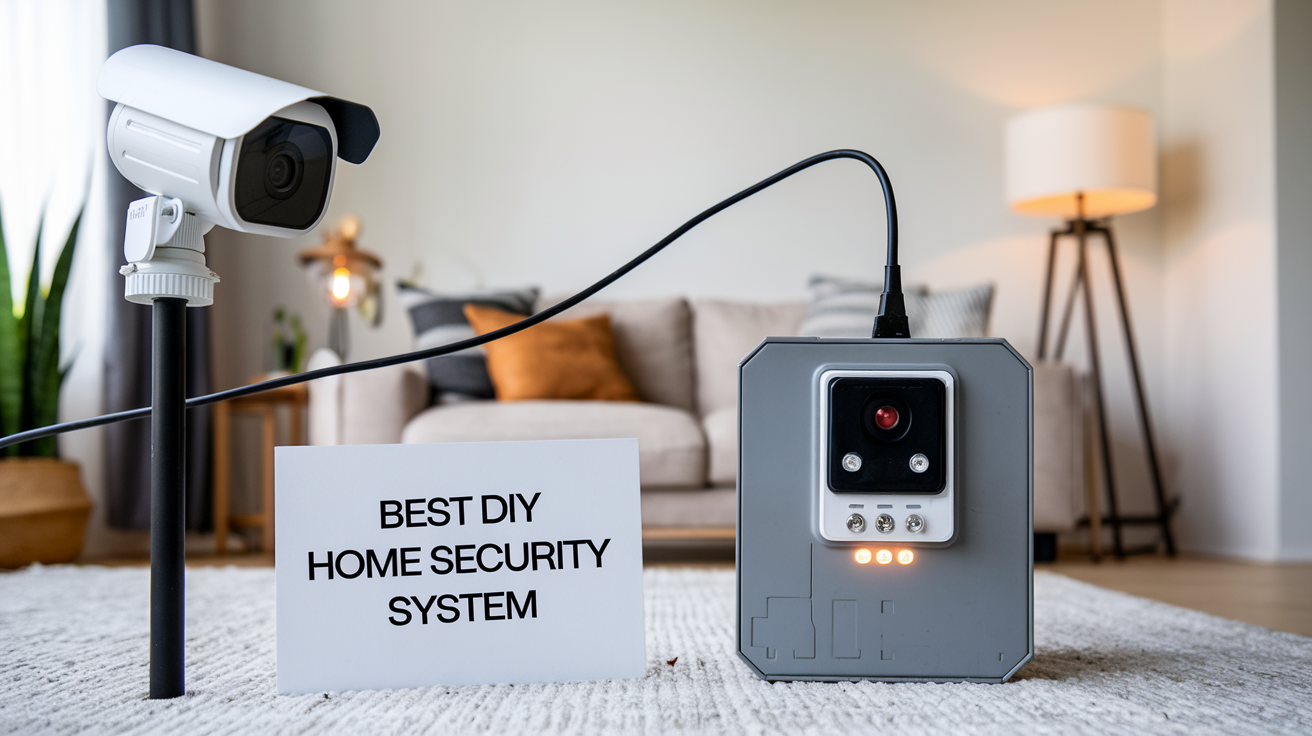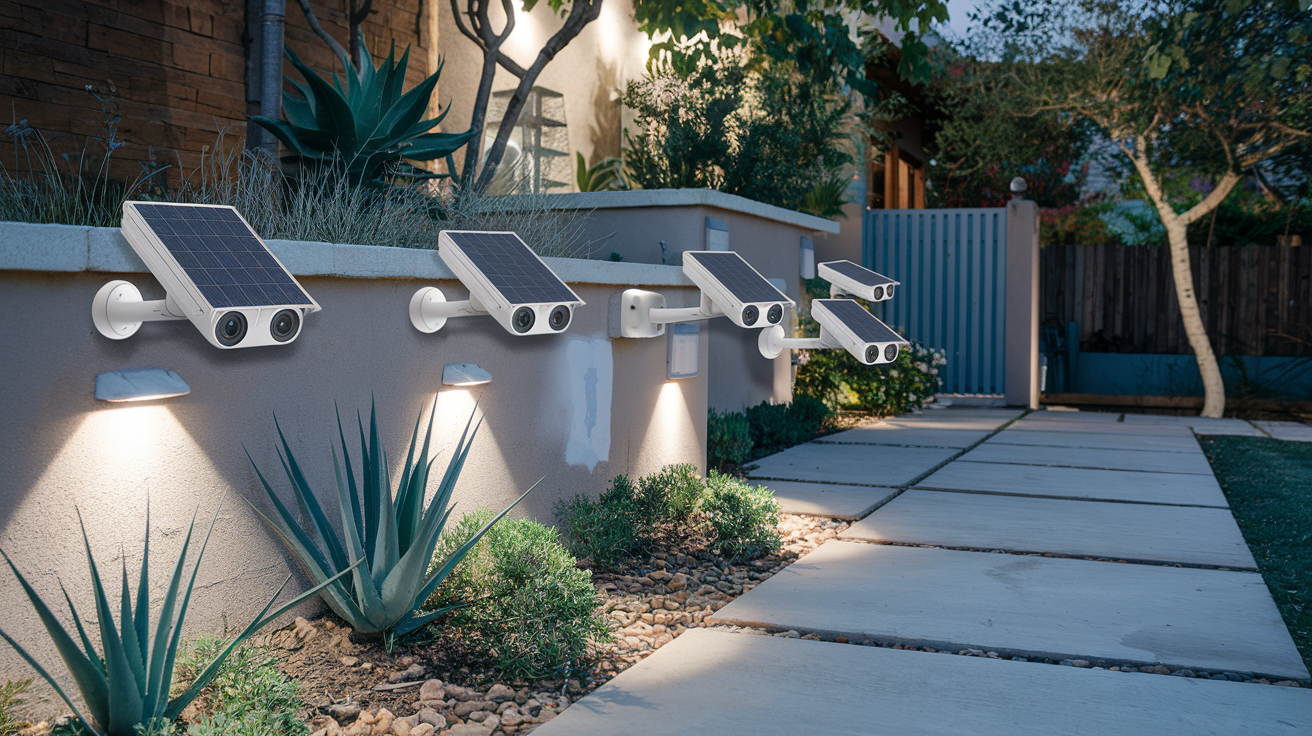Vivint has several popular and state-of-the-art security cameras and Home Security Systems for homes. Their cameras offer clear high-definition video, recordings in low light, remote viewing via a smartphone app, and composite intelligent notifications. However, all this comes at a cost because to begin using Vivint’s services, and to view the footage recorded by their cameras, one has to subscribe to their expensive monthly plan.
Fortunately, some options let you use Vivint equipment without subscriptions for monthly tracking. It just means you can no longer enjoy some of the cloud facilities offered by the company.
Vivint offers different types of cameras that can be used both indoors and outdoors, and have a variety of features that make them perfect for home security.
Vivint cameras are connected to the company’s Sky Control panel for most cameras. This panel controls the Vivint system and allows the user to control it with the help of Vivint’s cloud servers. This means that in case the panel and service are not active, Vivint cameras will only be basic local cameras. They will continue to capture and record video locally, although they also have functionalities such as motion detection. You just won’t be able to view footage live or preview events remotely through the Vivint app or portal.
Collect physical storage options from the local area.
An important aspect of Vivint cameras is that they have local storage on the cameras themselves, most commonly in the form of an SD card slot. This enables them to record video even when the internet or the Vivint panel is unavailable as well as Schedule recordings. However, it is possible to utilize this footage source by having physical access to the cameras to extract the card.
You can further review recordings using a computer or device that has the capability of supporting microSD media. Videos are recorded in a format that can be compatible with most of the players for videos. It only requires users to plug in or integrate the card, go to the location of the video files, and play them like any other media.
The amount of onboard storage also depends on the particular Vivint model chosen. Many offer at least several hours of local recording capabilities up to several days. Always look at the product specifications to know how long offline recording can be done for purposes of ascertaining your required duration of offline recording.
Link Cameras to a Local NVR
One of the alternatives is to integrate Vivint cameras with another device, such as the standalone network video recorder or NVR instead of Sky Panel. Select an NVR that has the appropriate number of channels and connectors compatible with your choice of cameras. There is also built-in storage to record video in many of the models.
After connecting them to the NVR, video footage will stream and record as it will with the Vivint panel, but without any service charges. Unlike the home security equipment, you control the footage and camera settings through the NVR manufacturer’s software and not Vivint’s home security platform. Contemporary systems of NVR allow the usage of their applications to monitor the video stream remotely whenever the user is connected to the home network.
The advantage of the NVR over local camera storage is that the NVR provides a much larger video capacity and has a single control point. A drawback of this setup is that remote access is confined to the home WiFi network until you set up your own secure video tunnel or VPN service.
Enable RTSP Streaming
There is another setting that is present in Vivint cameras that computer-literate users can tweak. The cameras are capable of supporting RTSP, a protocol for video streaming that enables the cameras to send footage to other systems.
This means with RTSP enabled, Vivint devices can stream their live feed to standalone recording applications on any Windows or Linux computer. From there, the stream becomes a standard video file that can simply be saved or can be controlled by a home automation system.
To start streaming RTSP video from a Vivint cam:
- Several cameras connected to your network need to be located and their IP address identified with the help of an IP scanner.
- Enter that IP into a web browser followed by: The results of the study are as follows: 3480/Profile1. For example: 192. 168. 1. 105:3480/Profile1.
- When asked to input the admin user ID and password, do so using the information provided on the Vivint sticker.
- When on the RTSP configuration page, copy the URL of the RTSP stream. This starts with rtsp: and includes the video stream endpoint.
- Input it into any standard RTSP-based recorder application such as a VLC media player to start recording.
In this direct streaming mode, there aren’t any Vivint camera settings such as the motion zones. However, to be able to have this feature, you do get continuous video which is accessible from anywhere with no service fees.
Develop a Self-Hosted Platform
Of course, the most flexible solution for a home surveillance system, which allows the creation of a unique camera management platform, is to build it from scratch using Vivint’s open API. Supporting documentation is provided to add their devices to home management software such as Home Assistant and third-party camera applications.
This path is not for everybody and some basic knowledge of software is assumed. But the advantage is a system completely self-hosted in which you have full control and video storage precisely as you desire while leveraging Vivint’s superior equipment.
Possible uses might involve creating a brand new website just to display a feed from Vivint, wiring these cameras into open-source recorders like ZoneMinder, or creating general automation schemes based on the motion notifications. It is also important to note that anyone with coding knowledge can in a sense rebuild an entire cloud platform on their network and their terms.
However, using Vivint equipment in this capacity means losing some cloud camera benefits such as free storage of recorded footage and the ability to access across devices, but it offers local-only mobility features free of cost. And you can switch service on occasionally to get back the ability to control remotely during vacations, and seasonal usage.
In Summary
Although intended for professional installation and monitoring, several Vivint systems offer multiple avenues through which individuals with little to no cash can record videos without incurring service charges. If they wish to utilize the onboard storage of the cameras, link to an entirely different NVR system, enable RTSP live streaming, or access their local systems APIs, innovative homeowners most definitely can use these beautiful cameras without signing up for costly monthly plans.
So, it is advised not to be afraid of the seemingly obligatory subscription with Vivint, because this company offers considerably better equipment. With the correct technical skill or willingness to muck about with self-hosted options, you can get all you can eat of their cameras and apply complicated recording elements for FREE as soon as of the one-time purchase & installation.
Protect your home today with ADT’s top-rated security solutions!
Call now at +1 877-470-7879 to get a free consultation and find out how you can secure your home with the best in the business. Don’t wait—ensure your peace of mind with ADT!
